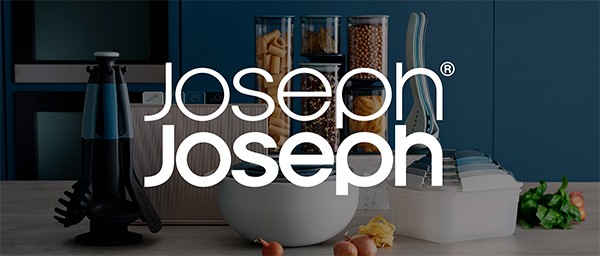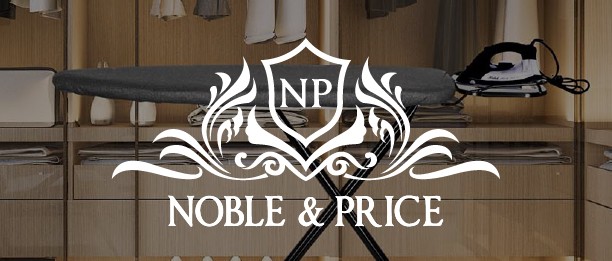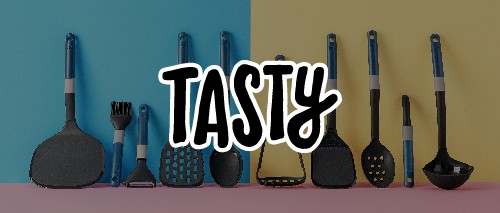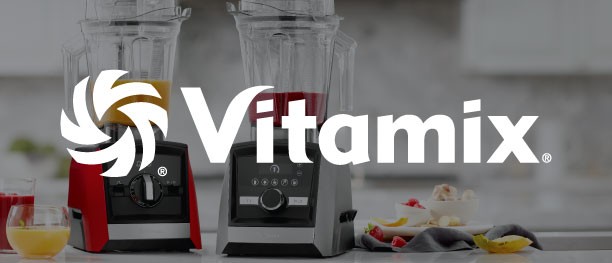How To Build A Portable Home In New Zealand
How to Build a Portable Home in New Zealand: Step-by-Step Guide
Portable homes have gone from niche idea to mainstream housing solution in New Zealand. They’re fast to set up, more affordable than traditional builds, and flexible enough to move with you if life changes. But if you’ve ever thought, “How do I actually build a portable home in NZ?” the process can feel overwhelming.
This guide walks you through the key steps – from planning and council rules to design, structure, services, and installation – so you understand what’s involved whether you want to DIY or work with a specialist like Portable Dwellings.
Step 1: Decide – DIY Build vs Professional Portable Home
Before you pick up a hammer or start sketching floor plans, you need to decide whether you’re:
- Building completely from scratch yourself (DIY), or
-
Ordering a purpose-built portable home from a company like Portable
Dwellings.
DIY Portable Home
DIY can sound appealing if you’re hands-on and want full control, but it also means taking responsibility for:
- Structural design and engineering
- NZ Building Code compliance
- Weatherproofing, insulation, and durability
- All consents, inspections, and paperwork
For first-time builders, this can quickly become complex and expensive if mistakes are made.
Professionally Built Portable Home
When you order a unit from Portable Dwellings, most of the hard work is handled by experienced designers and builders who specialise in:
-
Tiny homes and portable units for NZ conditions portabledwellings.co.nz+1
- Structural strength and insulation
- Practical layouts for full-time living, Airbnb, or family expansions
You still get to choose layouts, finishes, and off-grid options – but without needing to be a builder, designer, and project manager all in one.
Step 2: Clarify Your Purpose and Use
“How to build a portable home” starts with a simple question: What will you use it for?
Common uses in New Zealand include:
- Full-time home on your own land
- Secondary dwelling for family or guests
- Airbnb or short-stay rental
- Farm stay or rural tourism unit
- Worker accommodation
- Home office, studio, or clinic
Your intended use affects:
- Size and layout (for example, one-bedroom vs two-bedroom)
- Level of kitchen and bathroom fit-out
- Insulation, heating, and off-grid systems
-
Council rules (dwelling vs minor dwelling vs sleepout) waipadc.govt.nz+1
When you talk to Portable Dwellings, they’ll usually start by asking how you plan to use the home, so they can recommend suitable designs rather than a one-size-fits-all box.
Step 3: Understand Key Rules & Consents in NZ
This article is not legal or planning advice, but here are the big picture issues you must know about when building a portable home in New Zealand:
1. Building Act & Building Code
-
A tiny/portable home can be considered a building, a vehicle, or both under NZ law. building.govt.nz+1
-
Even if it has wheels, it may still require building consent if it’s used as a dwelling or connected to services. huttcity.govt.nz+1
-
All building work must meet the NZ Building Code – structure, fire safety, moisture, insulation, services, etc. building.govt.nz+1
2. District Plans & Resource Management
-
Councils treat many portable homes as secondary dwellings when placed on a site that already has a main house. waipadc.govt.nz
-
Even if your unit is classed as a “vehicle” on a trailer, it may still be treated as a dwelling under your district plan if it’s lived in
long-term. whakatane.govt.nz+1
3. Road Transport Rules
If you’re building a portable home on wheels, you must consider:
-
Maximum legal dimensions for towing on NZ roads (length, width, height, weight). archipro.co.nz+1
Always check requirements with your local council and, if needed, a planning or design professional. A specialist supplier such as Portable Dwellings will be familiar with common scenarios and can help you design a unit that fits typical council expectations.
Step 4: Design the Layout and Structure
Now we get to the fun part: designing what your portable home will actually look and feel like.
If you’re DIY building, you’ll need to:
- Draw detailed floor plans and elevations
- Plan structure (walls, roof, framing, bracing)
- Make sure the layout allows for plumbing and electrical runs
- Consider weight distribution if on a trailer
If you’re working with Portable Dwellings, you can choose from:
- Existing tiny home and portable cabin designs
- Custom variations in bedroom count, kitchen style, and bathroom layout
-
Options like decks, gable roofs, larger windows, and different claddings portabledwellings.co.nz+1
Design Tips for Portable Homes
- Keep circulation simple – fewer hallways, more open-plan living.
- Use sliding doors or pocket doors to save space.
- Place bathrooms near the kitchen to simplify plumbing.
- Think ahead about where your bed, sofa, and table will actually go.
If you feel lost, browsing the layouts on Portable Dwellings is a great way to see what works well in real New Zealand conditions.
Step 5: Choose Materials, Insulation, and Systems
A portable home might be smaller than a typical house, but it still has to handle NZ’s weather and meet performance expectations.
Important decisions include:
Structure & Envelope
- Steel framing vs timber framing
-
Insulated panels (e.g., PIR sandwich panels) vs conventional framing and batts portabledwellings.co.nz+1
- Roofing type (steel, membrane)
- Cladding (steel, weatherboard, composite panels, etc.)
Insulation & Comfort
- Insulation levels for walls, roof, and floor
- Double-glazed windows and doors
- Heating: heat pump, panel heaters, wood burner (if allowed)
Services: Power, Water, Waste
- On-grid: connect to existing house or site services
-
Off-grid: solar panels, battery storage, generator backup, rainwater collection, composting toilet, greywater solutions The
Guardian
Professionally built units from Portable Dwellings are designed to be warm, dry, and efficient, with the option to configure off-grid systems for more independence and lower running costs.
Step 6: Build (or Order) Your Portable Home
If You’re Building Yourself
You’ll need to:
- Prepare detailed plans – ideally with input from an engineer or designer.
- Apply for consents, if required, and wait for approvals.
- Construct frame and shell, ensuring everything is square, level, and structurally sound.
- Install windows, doors, roofing, and cladding, making the home weather-tight.
- Run services – electrical, plumbing, ventilation.
- Insulate and line the interior (e.g., plasterboard, ply, or panels).
- Finish interior – kitchen, bathroom fit-out, flooring, paint, cabinetry.
-
Arrange inspections as required by your building consent. building.govt.nz+1
This is a serious project – closer to building a house than building a shed.
If You’re Working with Portable Dwellings
When you order from Portable Dwellings, most of this happens in a controlled factory environment:
- You choose or tweak a design.
- Their team builds the structure, fits out the interior, and completes wiring and plumbing.
-
Quality control is handled by experienced builders used to portable home construction. portabledwellings.webflow.io+1
You focus on decisions like layout, finishes, and where the unit will go on your site – not on how to physically build every wall and roof junction.
Step 7: Site Preparation, Delivery, and Installation
A portable home is only as good as the site it sits on. Whether you DIY or buy from Portable Dwellings, you’ll need to think about:
Site Preparation
- Confirm exact location and orientation (sun, wind, views, privacy).
- Prepare foundations, piles, or support system as specified.
- Organise trenching for power, water, and wastewater if connecting to services.
Delivery and Positioning
- Check access for the truck or trailer (gates, trees, driveways, turning area).
- Arrange for crane or hiab if needed to lift the unit into place.
-
Ensure the home is securely fixed, level, and braced according to the design. archipro.co.nz+1
Final Connection and Sign-Off
- Connect to power, water, wastewater (or set up off-grid systems).
- Complete any remaining decks, steps, ramps, or landscaping.
- Arrange final inspections, if part of your consent conditions.
When you work with Portable Dwellings, they’ll walk you through the delivery and setup process so you know what to have ready before the home arrives.
Common Mistakes People Make When Building Portable Homes
If you’re trying to build or plan a portable home, avoid these common pitfalls:
-
Ignoring council rules – assuming “it’s on wheels so it’s fine” can lead to expensive problems later. huttcity.govt.nz+1
-
Overloading the trailer – building too heavy for safe towing or legal limits. archipro.co.nz+1
-
Cutting corners on insulation and moisture control – which leads to condensation, mould, and an uncomfortable home. Queenstown
Lakes District Council+1
- Poor layout planning – doors hitting furniture, no storage, or nowhere for a proper dining or work area.
- Underestimating time and cost – DIY builds often take much longer and cost more than people expect.
Choosing a proven design and build process from Portable Dwellings can dramatically reduce these risks.
DIY vs Professional: Which Is Right for You?
DIY Build Might Suit You If:
- You have strong building skills or industry contacts.
- You want a unique “from scratch” project and enjoy problem-solving.
- You’re prepared to manage consents, inspections, and technical details.
Working with Portable Dwellings Might Suit You If:
- You want a fast, predictable path to a finished portable home.
- You prefer to focus on design choices, not construction headaches.
-
You want a home that’s already engineered and built for New Zealand conditions, ready for full-time living, Airbnb, or
family use. portabledwellings.co.nz+1
In many cases, people who start out thinking “I’ll build it myself” end up deciding that a professionally designed and constructed home from Portable Dwellings is better value once they factor in time, risk, and compliance.
Ready to Start Your Portable Home Project?
Building a portable home in New Zealand involves more than just a cute design – you need to think about rules, structure, comfort, and how the home will actually work day to day. But with the right guidance and partners, it’s absolutely achievable.
If you’re serious about living in, renting out, or hosting guests in a portable home, it’s worth talking to specialists who build them every day.
👉 Explore designs, options, and pricing with Portable Dwellings.
They can help you:
- Choose the right layout for your site and purpose
- Understand what’s typically needed in your region
- Configure on-grid or off-grid setups
- Get a clear path from idea to move-in-ready portable home
Start with a conversation, a concept plan, or a quote – and turn “how do I build a portable home?” into a real home you can walk into.



.jpg)









.jpg)





.jpeg)





.jpeg)



.jpeg)








.jpeg)



.jpeg)

.jpeg)

.jpeg)

.jpeg)




.jpeg)
.jpg)

.jpeg)






.jpeg)
.jpeg)




.jpeg)



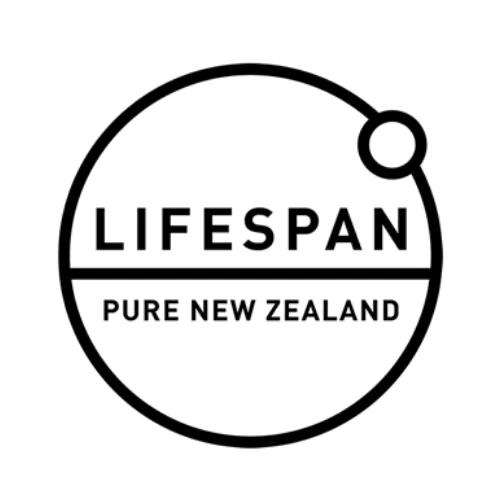

.jpeg)


.jpeg)

.jpeg)

.jpeg)

.jpeg)







.jpeg)
.jpeg)
.jpeg)





.jpeg)



.jpeg)






.jpg)
.jpeg)









.jpg)


ulva-Logo.jpg)




.jpeg)



.png)
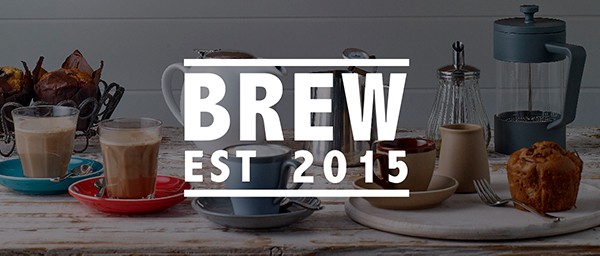



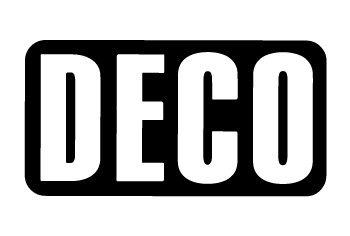







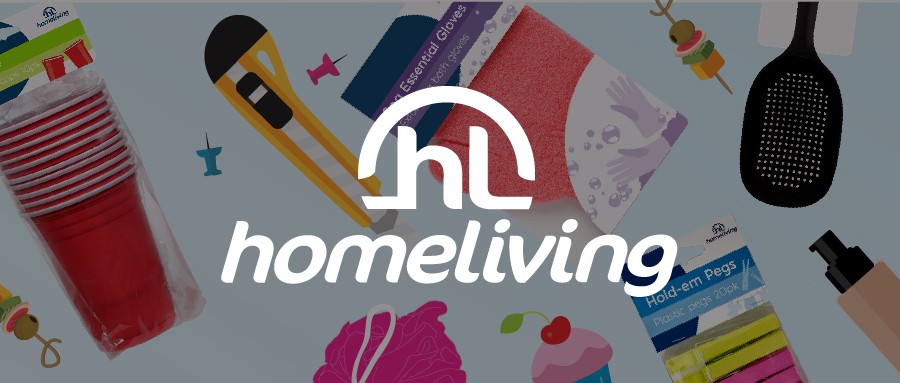

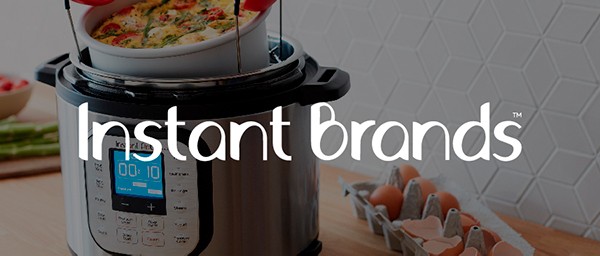
.png)
